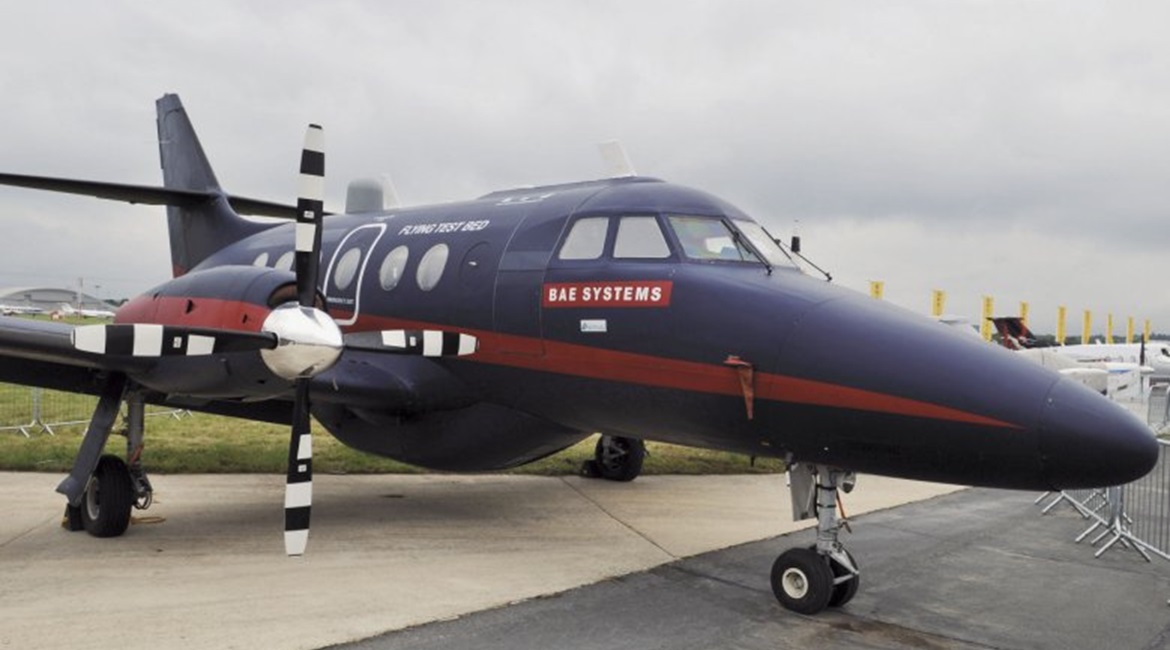
BAE Systems is to help integrate the General Atomics Aeronautical Systems Inc (GA-ASI) Protector RG1 medium-altitude long-endurance (MALE) unmanned aerial vehicle (UAV) into UK-controlled airspace.
An artist’s impression of the Protector RG1 in RAF service. One of the key reasons that the UK has chosen to replace its current MQ-9 Reaper UAVs with the Protector is that the newer platform will be able to operate in controlled airspace. (GA-ASI)
The company announced on 24 January that it had signed a memorandum of understanding (MOU) with GA-ASI to support integration of the UK version of the MQ-9B SkyGuardian (previously known as Certifiable Predator B) into national airspace, ahead of the type’s introduction into Royal Air Force (RAF) service in the mid-2020s.
As noted in its announcement, BAE Systems will work to shape the regulatory environment so as to enable the sale and flexible operation of the UAV in regulated airspace.
To help it achieve this, the company will probably leverage the experience it garnered with the Autonomous Systems Technology Related Airborne Evaluation and Assessment (ASTRAEA) project it led. ASTRAEA was a GBP62 million (USD81 million) effort that utilised a Jetstream testbed aircraft to develop the technologies, systems, facilities, procedures, and regulations that would allow UAVs to operate safely and routinely in civil airspace over the UK. The project ran in the early 2010s, and Besides BAE Systems involved Cassidian (now Airbus) Cobham, Qinetiq, Rolls-Royce, and Thales.

A BAE Systems Jetstream aircraft was used by the ASTRAEA consortium to test technologies for UAV integration into controlled airspace. (HIS Markit/Patrick Allen)
BAE Systems’ current efforts are central to the RAF’s stated aim of operating the Protector in UK airspace, which is not something that it can currently do with the MQ-9 Reaper that it fields.
Looking to read the full article?
Gain unlimited access to Janes news and more...




